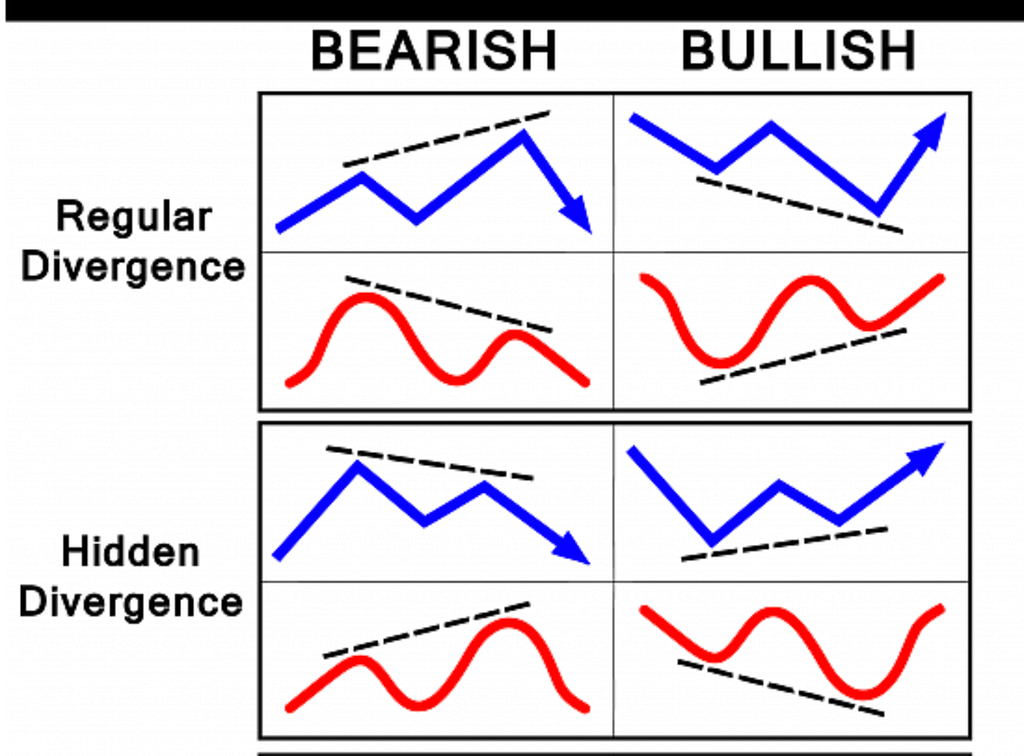Risk Management Strategies For First-Time Traders
Trading can be exciting, but it also comes with risks. If you’re new to trading, you might be worried about losing money. Don’t worry! By learning and using good risk management strategies, you can trade safely and protect your money. In this guide, we’ll explore the best ways first-time traders can manage risks and avoid big losses.
1. Never Invest More Than You Can Afford to Lose
One of the golden rules of trading is to never invest money you need for important things like rent, food, or emergencies. Trading can be unpredictable, and prices can go up or down very fast.
How to Avoid This Mistake:
- Only use extra money that you don’t need for daily expenses.
- Start with small investments until you get better at trading.
- Be prepared for losses and don’t panic if prices drop.
2. Use a Stop-Loss Order
A stop-loss order is a tool that helps protect your money. It automatically sells your asset when the price reaches a level you choose. This helps you avoid big losses if the market suddenly drops.
How to Use a Stop-Loss Order:
- Set a stop-loss at a level where you are comfortable with a small loss.
- Don’t set it too close to the current price, or normal price changes may trigger it too soon.
- Adjust your stop-loss as the market moves in your favor.
3. Diversify Your Investments
Putting all your money into one asset is risky. If it loses value, you could lose everything! Instead, spread your money across different assets.
How to Diversify:
- Invest in different cryptocurrencies, stocks, or assets.
- Don’t put more than 10% of your money into a single trade.
- Balance your portfolio so that even if one asset drops, others may rise.
4. Avoid Trading with Emotions
Many first-time traders make decisions based on fear or excitement. They buy when prices are high because everyone else is buying, and they sell when prices drop out of fear.
How to Control Your Emotions:
- Have a plan before you start trading.
- Stick to your strategy, even when prices change suddenly.
- Take breaks and avoid making decisions when you feel stressed.
5. Learn About Risk-Reward Ratio
The risk-reward ratio helps traders decide if a trade is worth it. It compares how much money you could lose to how much you could gain.
How to Use Risk-Reward Ratio:
- Choose trades where the potential reward is greater than the risk.
- A 2:1 ratio means you aim to gain twice as much as you could lose.
- Don’t take high-risk trades with little chance of reward.
6. Keep Track of Your Trades
Keeping a record of your trades helps you learn from mistakes and improve over time. It also helps you see what works and what doesn’t.
How to Keep Track:
- Write down why you made a trade and how much you invested.
- Record the entry and exit prices of each trade.
- Review your trades regularly to improve your strategy.
7. Use Leverage Carefully
Leverage allows traders to trade with more money than they have. While it can increase profits, it also increases risks.
How to Use Leverage Safely:
- Avoid high leverage if you’re a beginner.
- Use only small leverage amounts until you understand the risks.
- Always have a stop-loss to protect your account.
8. Stay Updated with Market News
The market can change quickly based on news and global events. If you don’t stay updated, you may miss important changes.
How to Stay Informed:
- Follow trusted financial news sources.
- Keep an eye on economic reports and government policies.
- Avoid reacting to rumors—always check reliable sources.
9. Practice with a Demo Account
Before risking real money, practice with a demo account. This helps you learn without losing money.
How to Use a Demo Account:
- Open a demo account with a trusted trading platform.
- Practice making trades as if they were real.
- Learn from your mistakes before using real money.
10. Set Realistic Goals
Many new traders dream of making a lot of money quickly. But in reality, trading takes time and patience.
How to Set Realistic Goals:
- Aim for steady, small profits instead of quick riches.
- Understand that losses are a part of trading.
- Keep learning and improving your strategy over time.
11. Understand Market Trends
Market trends show how prices are moving. Knowing how to read trends can help you make better trading decisions.
How to Read Market Trends:
- Look at price charts to see if prices are going up, down, or sideways.
- Follow trends instead of going against them.
- Use technical indicators like moving averages to help spot trends.
12. Avoid Scams and Fraud
The internet is full of scams promising big profits with little effort. Be careful and avoid anything that sounds too good to be true.
How to Stay Safe:
- Never trust people who promise guaranteed profits.
- Avoid websites or apps that ask for your private keys.
- Only use well-known and trusted trading platforms.
13. Be Patient and Keep Learning
Trading is a skill that takes time to master. Don’t rush, and don’t expect to get rich overnight.
How to Keep Improving:
- Read books, watch videos, and take courses on trading.
- Follow experienced traders and learn from them.
- Accept that losses happen, and focus on long-term success.
Final Thoughts
Risk management is one of the most important parts of trading. By using these strategies, you can protect your money and trade more safely. Remember to always learn, stay patient, and make smart decisions. Happy trading!





